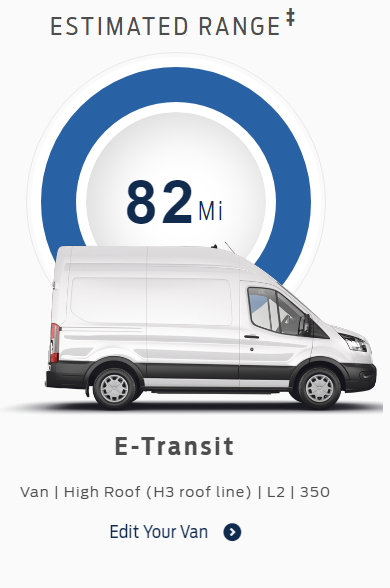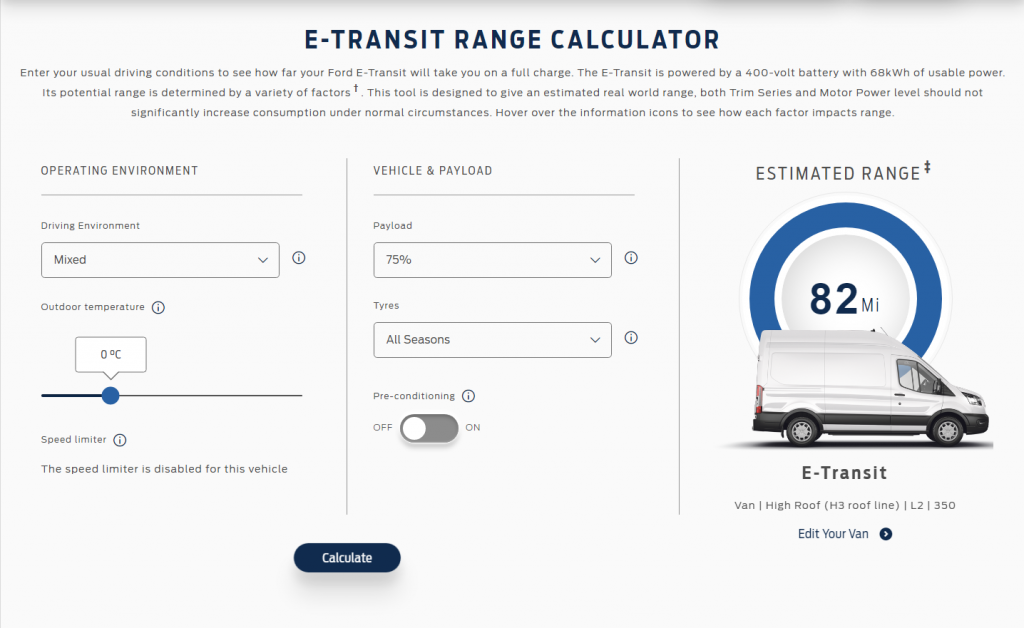Electric Vans, Our Future Transport

Having just ordered a couple of new vans (not electric vans, the old fashioned kind), I got to thinking about the approaching date of 2030, when the government ban on ICE vehicles comes into effect. What would this mean for our business and fleet of vehicles.
My own personal car is pretty much a plaything. I occasionally take it for a blast around the local countryside. Go to an occasional meeting, and perhaps to social functions. Some years it does a couple thousand mile, so this could easily be replaced with an electric alternative.
Vans, The Mainstay Of Our Business
But what about the part of our fleet that actually works for a living. We use a fleet of mid range vans, mainly from the PSA group (Citroen, Fiat, Vauxhall etc). So I took a look at how suitable these would be. The truth is, not very. They have a maximum towing capacity of 1000kg. Whilst our lightest catering unit is 1600kg. So they are off the list.
The only van we could find that would tow our units, is the Ford E Transit which is rated for 2000kg.
Range Calculator
Ford very conveniently provide a range calculator. So I duly types in a typical scenario. Winter temperature, all season tyres, 75% load.
What I got back was the screen below;

Turns out that the maximum range at this set up is 82 miles. Not a lot of use on our regular trips to Edinburgh which is around 240 miles. So basically 2-3 charges needed en route.
BUT WAIT. A bit if investigation and it turns out that the advertised range, doesn’t actually work in the real world. Seems that around 80% of the claimed figure is more realistic. So that cuts us to 65.6 miles. (I will be generous and round it up to 66 miles). So that’s 3-4 charges needed en route.
BUT WAIT AGAIN. This calculator doesn’t allow you to factor in the fact that you are towing. A bit more digging and most sources claim that towing cuts the range in half. So we are now down to 33 miles. That puts us on 7-8 charges needed. Or would be if you could run the van down to empty before recharging, which isn’t really practical. So most chargers quote their charging time as being from 15%. So that lets me use 85% of the capacity. Or gives me 28 miles of travel before needing a recharge, which would push us towards the 8 charges needed.
Charging Time
Hmm, how long is a charge going to take. Well, best I can find is that it takes as little as 34 minutes to charge it to 80% capacity. So that means 34 minutes gives us 80% of 28 mile range which is 22.4 miles.
Now we are up to needing 10 recharges en route to Edinburgh.
But then we are only running the charge down to 15% before recharging, so basically 65% of the 28 miles or 18.2 miles. Or 13 charges.
At 34 minutes per charge that’s 442 minutes, or a little over seven hours of charging time needed, presuming the chargers are available without a wait at each location we need them.
We have just added 14 hours to our days work. Three members of staff on overtime at £20 per hour adds £840 to the days wage bill. Which means the job isn’t financially viable, which means those members of staff are out of a job.
But there is more. The Edinburgh job which we used to allow 5 hours driving each way and 4 hours to do the job, 14 in total. Is now 28 hours. So the van, equipment and staff wouldn’t be back in time fo the next days work. So now we need double the number of vans, catering units and equipment to do the same level of work.
Wind Speed
Oh and in all of the above calculations, I have assumed that the air is perfectly still. Add in a 22 mile per hour headwind and those figure will look generous. It is estimated that a headwind of this speed cuts 20% from the range of a Tesla. So cut 20% from our range and we end up with 14.5 miles, or 16 charges or a bit over 9 hours charging time each way! That is basing the calculation on a Tesla, which aerodynamically speaking is super slippy compared to a house brick shaped Transit van, oh, and if you are unlucky enough to travel on a day with freezing temperatures, then your range drops another 10%.
At this rate, we will be lucky if the van manages to reach the end of our drive before needing a recharge.
In short, the Westminster based geniuses have no idea of how things work in the real world. The fact that a housewife doing 50 miles a week for her shopping can happily live with electric cars, does not translate to keeping the country running on a business basis.
A Cunning Plan
So, what can we do. Well the initial plan is to order double our normal fleet for delivery in 2029. This will get us a few years before we are forced into electric. The other option we are looking at is following the lead of an enterprising American guy, who added a generator to his Tesla, that bypassed the interlock to allow him to charge the car whilst he was driving it. A decent sized diesel generator in the back of each van might just give us a usable range, a bit like the electric diesel hybrid system Dr Porsche proposed for the German Tiger tank in WW2.






